|
Why do you need a Tailor's clapper for quilting and patchwork? Have you heard of a tailor's clapper? Have you ever wondered what it is? And most importantly have you ever wondered if you need a tailor's clapper for quilting? The short answer is YES, you absolutely do. But let me explain a few details about my favorite quilting tool first. Here are some facts about a tailor's clapper and I answer the most frequently asked questions. 1. What is the Tailor’s Clapper? It’s a piece of wood, usually hardwood (such as maple ) used by tailors (duh) to get flat, crisp seams or creases. It is usually rounded at both ends and has often grooves along the longer sides so you can hold it easily. The tailor's clapper originated in the dressmaking world and was and still is used for nice flat seams without getting shiny from ironing. Imagine a pair of pants in a delicate material, let’s say silk. Now you iron the side seams, the result will be a seam allowance that shines through and an outside seam that's shiny too. This is every dressmakers nightmare. Not so with the tailor's clapper. 2. How is the Tailor’s Clapper used? As I mentioned before, the tailor's clapper originated in dressmaking, so of course it works perfectly for pressing your clothes, but I will explain the use of this tool here for quilting. You iron your seam briefly and then place the clapper onto your seam. The heat of the iron will be absorbed slowly by the wood so the heat stays in the fabric long enough to flatten the seams nicely, while the weight of the wood presses onto the seam at the same time. 3. What kind of wood is used for a Tailor's clapper? Tailor’s clappers are made out of hardwood. The wood has to be heavy and close-grained in order to do the job perfectly. The weight matters as well as the close-grain wood. If the clapper is to light the heat will be absorbed too quickly and ultimately your seams would not be as flat as you wish. If the tailor's clapper is made out of less dense wood, it can absorb the steam or humidity that stems from ironing which will result in breaking the tool. This is the reason why Maple is one of the most popular woods for a tailor's clapper. 4. Why you need the Tailor’s clapper for quilting? Geometrical forms, squares, triangles, circles etc. are the most popular forms used in patchwork and matching seams and corners are essential. Pressing is key for patchwork to get nice matching corners and seams. Most importantly pressing without steam and pressing with moderate heat or shorter pressing times. If you leave your iron too long on your fabric, in order to flatten those seams with several layers of fabric, you might discolor your fabric and ruin all of your beautiful quilting work. That's where the tailor's clapper is the perfect tool. You just leave it on your seams after you pressed briefly and let the wood do the trick. 5. Do Tailor's clappers work? You decide for yourself, have you ever seen flatter seams? I have to admit, can not live without my tailor's clapper. It is one of my absolute favorite tools. The seams are almost as flat as if it was just one layer of fabric, which makes joining quilt blocks and segments a breeze. You will find the palm tree quilt block pattern here. 6. The tailor's clapper and Foundation Paper Piecing Especially with Foundation Paper Piecing flat seams are key to precision and accuracy. You might say, why not just iron those seams? And yes you are right, but first of all you cannot iron with steam, as this may distort your paper, or dissolve the ink on your pattern and stain the fabric. And second, you can’t iron for too long, because it might discolor your fabric. But you need nice and flat seams, in order for your blocks to fit together perfectly. This is why the tailor’s clapper is the most perfect tool. As I mentioned before, you iron your seams quickly and then place the clapper on top. That way the heat of the iron is ‘trapped’ under the clapper long enough to nicely flatten your perfect seams. Tipp for joining segments: Sew two segments together acording to the pattern. Remove the paper ONLY from the seam allowance and press with a hot dry iron quickly, then leave your clapper on the seam for a few minutes till the fabric cools off. I actually use that time to sew the next segment :-) You will get the nicest and flattest seams ever. 7. What's the average size of a Tailor's clapper? The most common size for a tailor's clapper is about 2"-3" wide and about 8"-12" long. This will work perfectly for most quilt block sizes. Happy clapping....ahhh sewing :-) 8. Can I make my own Tailor's clapper? You absolutely can make your own, if you wanted to. Here are some good instructions to do so. But these Tailor’s clappers are also available online from many stores, form Amazon, Nancy's Notions to Etsy. Shop palm tree pattern here. Ingrid xx
0 Comments
Leave a Reply. |
Author
Ingrid Alteneder Archive
March 2022
Categories
All
|
-
Shop
- New patterns
- All Patterns
- Appliqué Patterns
- Animals
- Baby
- Ballet
- Bear Cottage
- Beach/ Boats/ Nautical
- Buddha/ Mindfulness
- Chinese New Year
- Christmas
- Easter and Spring
- Fairytale
- Fall/ Autumn
- Flowers, Trees and Plants
- Food/ Drinks
- Halloween
- Oktoberfest
- Quilted items
- Stars
- Viva la Frida/ Dia de los Muertos
- Valentine's Day
- Village Patterns
- Mixed pattern
- Home
- About
- Blog
- Publications
- Etsy
- News
- Deutsch
-
Shop
- New patterns
- All Patterns
- Appliqué Patterns
- Animals
- Baby
- Ballet
- Bear Cottage
- Beach/ Boats/ Nautical
- Buddha/ Mindfulness
- Chinese New Year
- Christmas
- Easter and Spring
- Fairytale
- Fall/ Autumn
- Flowers, Trees and Plants
- Food/ Drinks
- Halloween
- Oktoberfest
- Quilted items
- Stars
- Viva la Frida/ Dia de los Muertos
- Valentine's Day
- Village Patterns
- Mixed pattern
- Home
- About
- Blog
- Publications
- Etsy
- News
- Deutsch
|
Visit us at
|

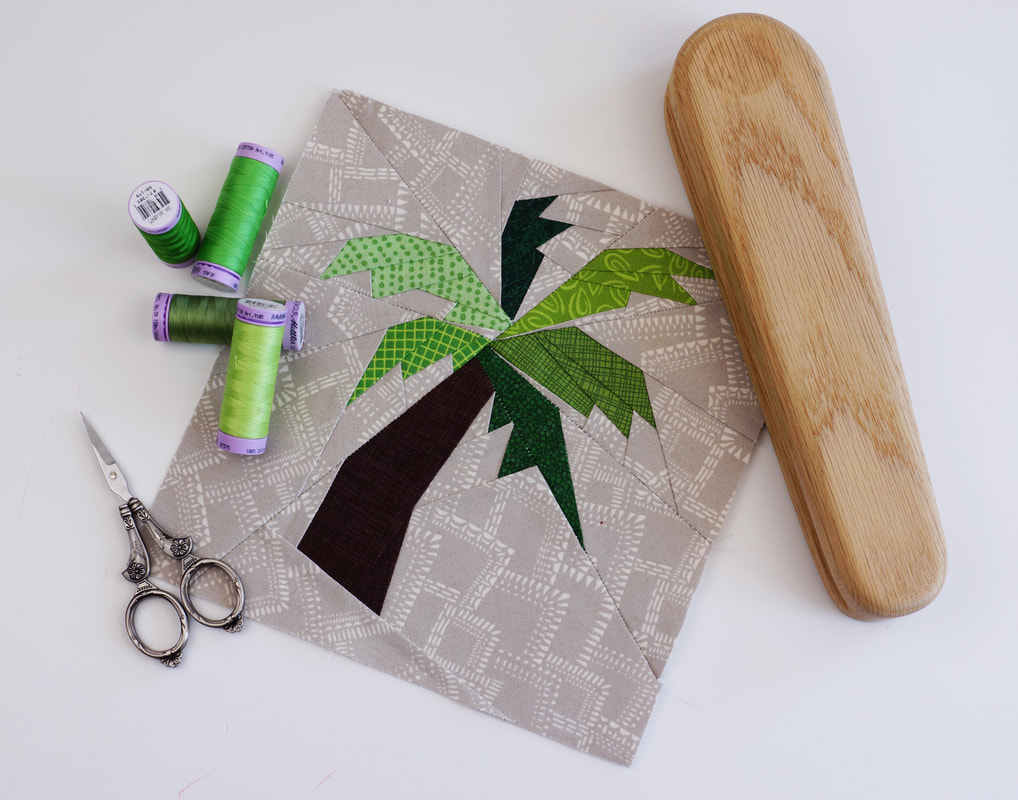
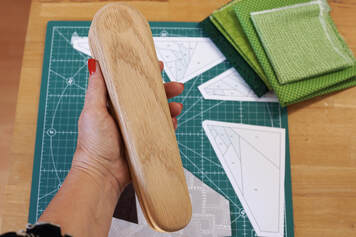
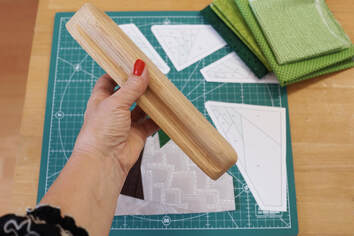
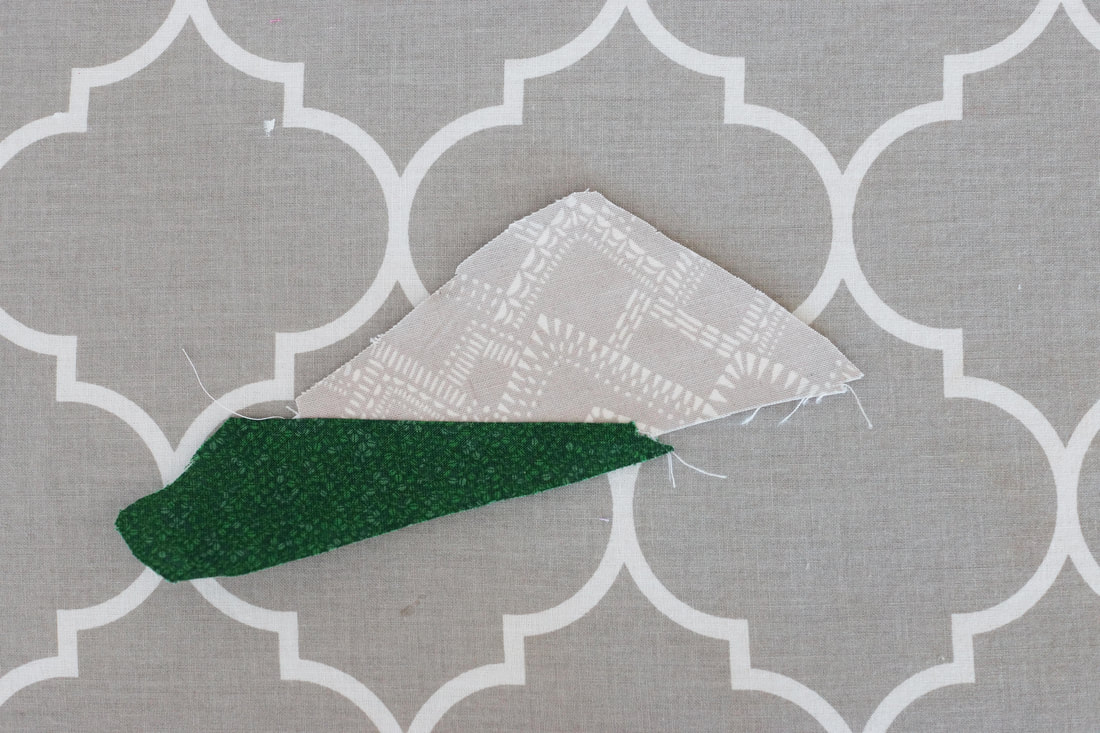
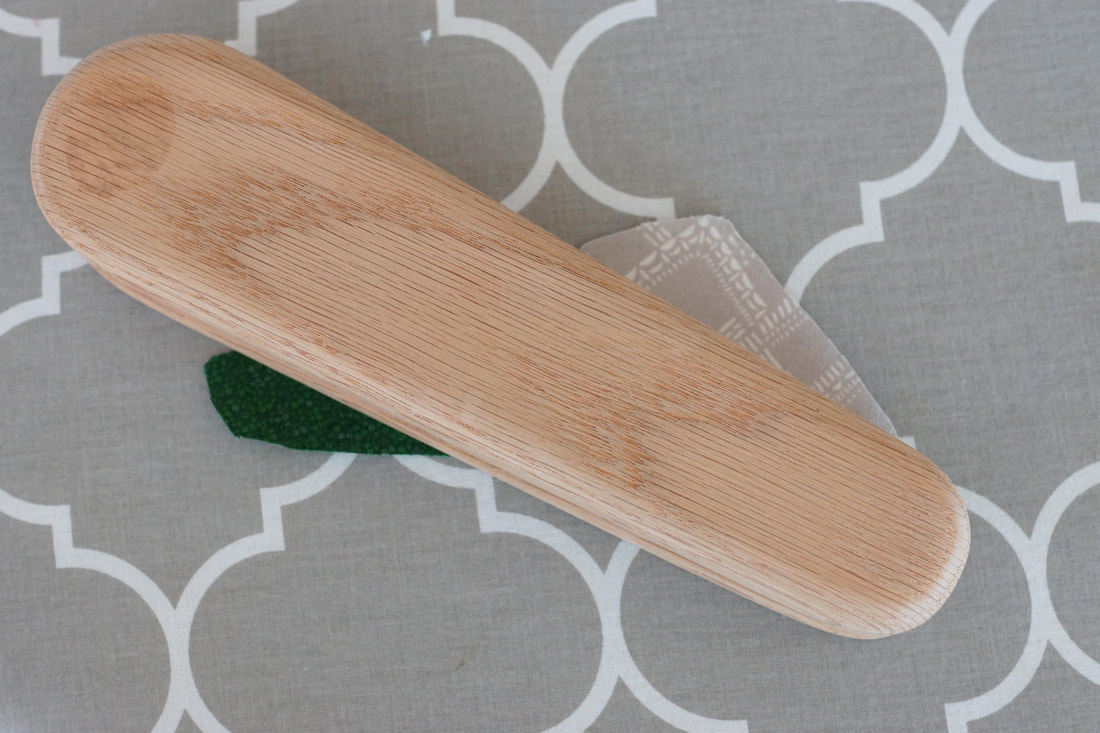
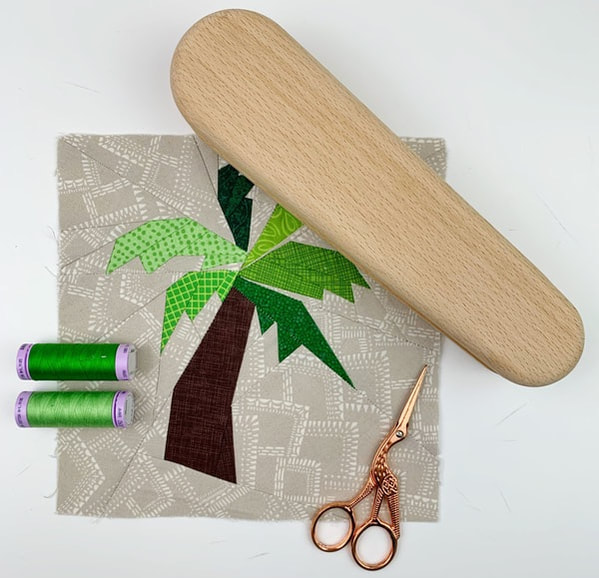
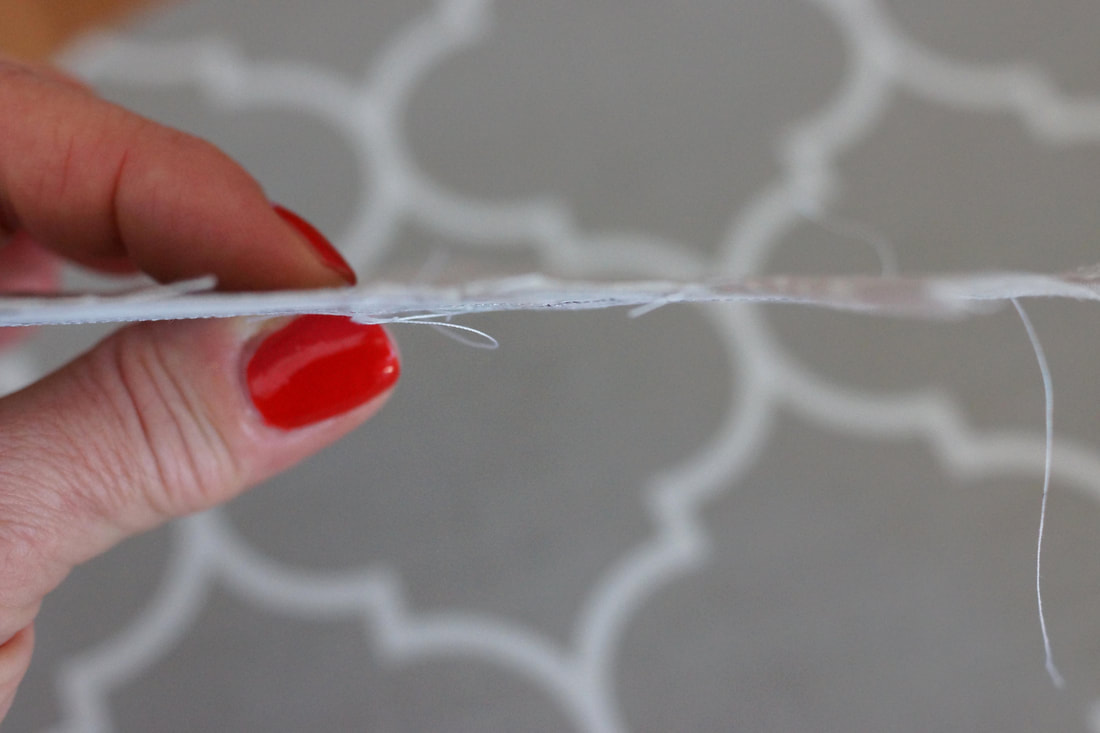
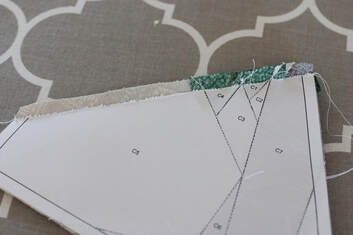
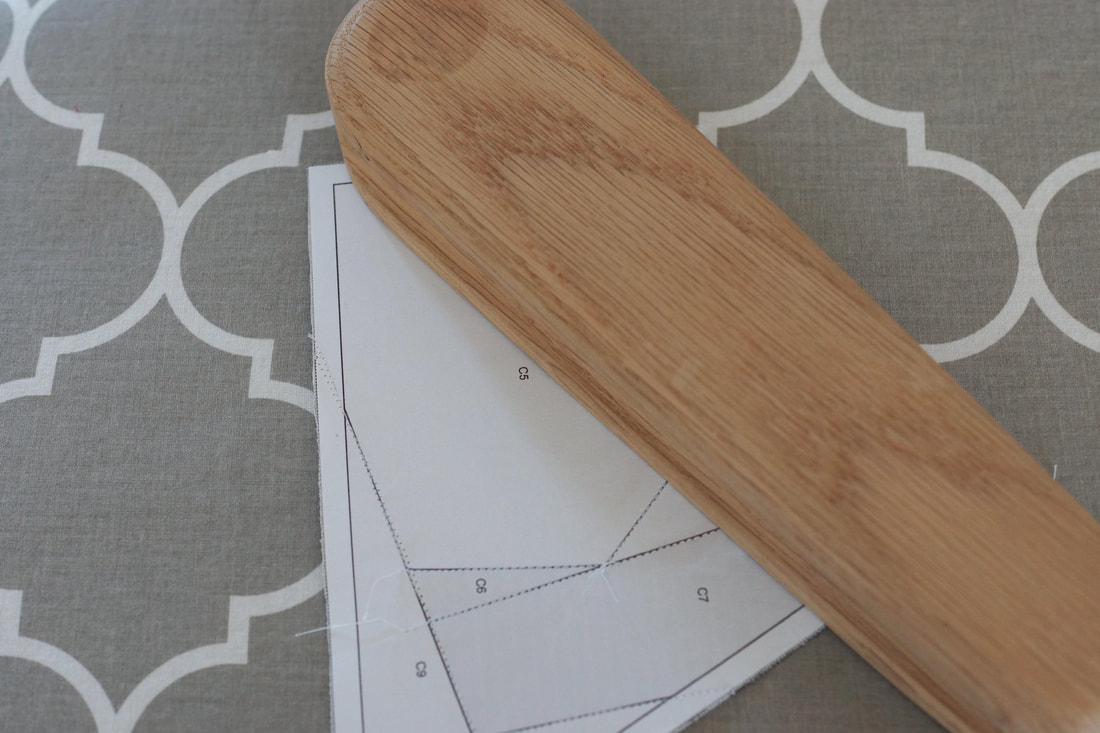
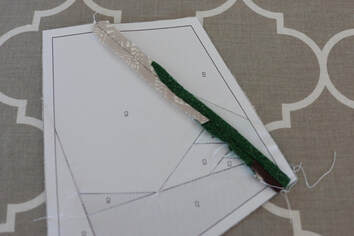
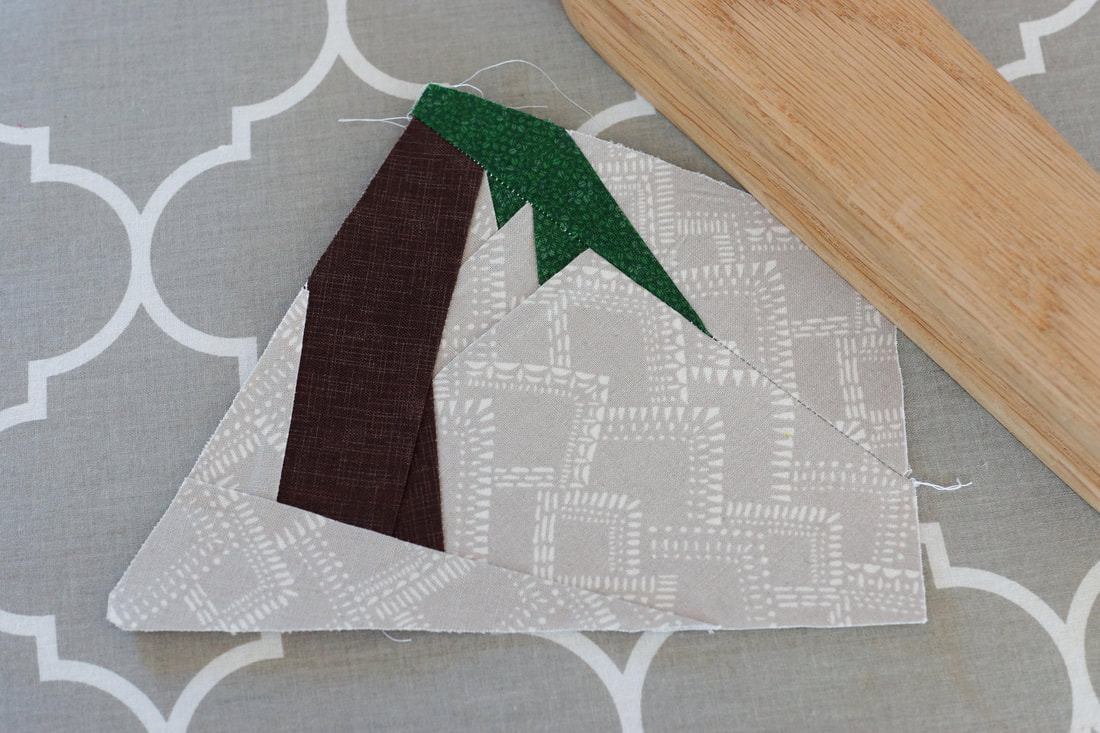
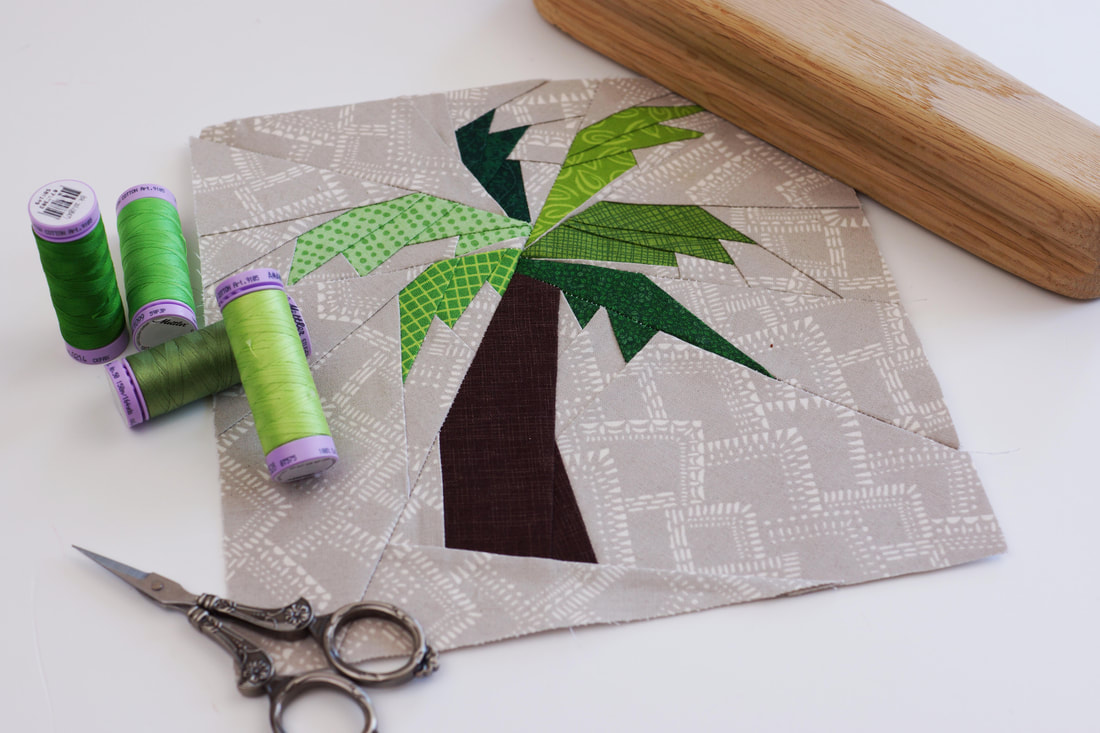

 RSS Feed
RSS Feed
